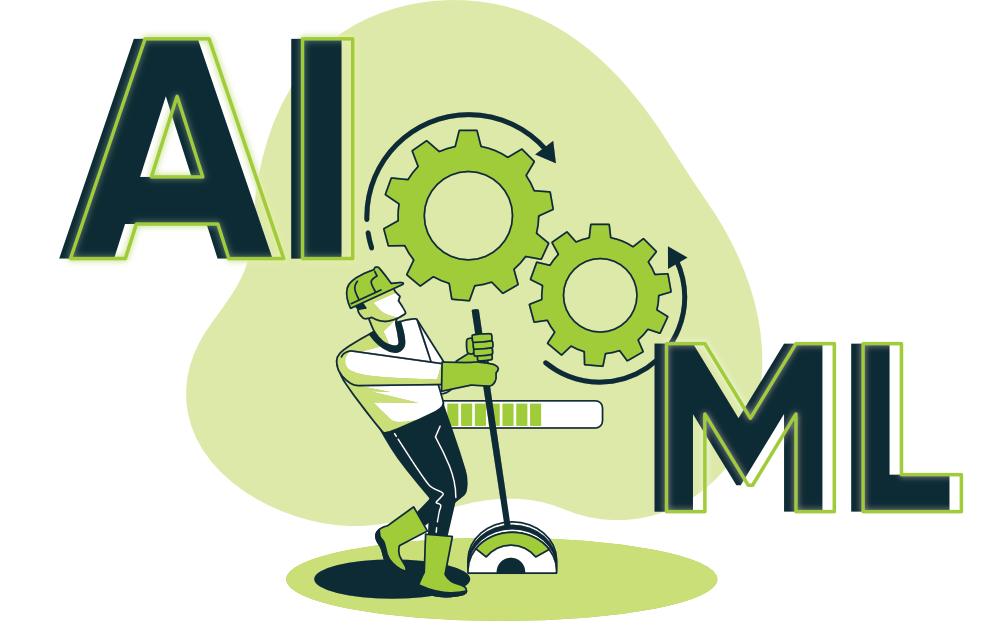Artificial Intelligence (AI) is the study of computer science techniques that can be used to make intelligent machines. Machine Learning, on the other hand, refers to a specific type of method for automated data analysis employing statistical models based on algorithms, rather than rules that are created by humans such as decision trees. each node represents an experiment with one input number and the output probability. In AI there may be several inputs which could result in different outputs, so you’d have this huge database of data that would give us a better understanding of how things work internally.
Artificial intelligence is the machine’s ability to solve problems that are typically solved by machines or intelligent humans. AI allows machines including robots to execute tasks “smartly” through imitating human capabilities, such as using data to learn and reasoning through it, allowing the robot or computer program to complete certain tasks more efficiently than we mortals could ever dream of and be able to understand instructions without the need to be assisted in understanding every single word.

Artificial Intelligence and Its Benefits
Artificial intelligence’s future is here in the form of an electronic system with human-like capabilities. It can talk in any language or accent as long as there’s enough information available online.
Artificial Intelligence is the way of the future. It is being utilized in a myriad of ways to help us today, from retail stores and healthcare facilities to finance departments to detect fraud and fraud detection. There’s nothing this technology isn’t able to do when it’s applied correctly; I bet you feel smarter already just knowing about its capabilities.
Machine Learning Process
Machine learning is a area of study that aims to improve the intelligence of computers by teaching them through the experience. It is accomplished through algorithms, which give computer programs in the form of examples or programs about what to do when given new information like drawing conclusions based upon your input data for this passage about tradeoffs between quality control and cost efficiency. The machine learns from its mistakes until it’s able to draw the right conclusion without human input at all.
These days, machine learning and artificial intelligence is applied to all kinds of technological devices. Examples are CT scanners, MRI’s and car navigation systems. One option with this kind of machine is to make use of it as feedback feed data into your application to help the system know what functions well by watching how users behave or interact in specific situations. When we build our algorithms, we’ll be more sensitive about whether their choices were right based on previous input.
Artificial Intelligence refers to the science of creating intelligent machines that possess human-like abilities for reasoning and solving. This allows AI-powered smartphones and computers to acquire knowledge from data, without the requirement for explicit programming or instructions. Instead, these technologies heavily depend on deep learning as well as machine learning. It will provide us with future benefits such as super-high-performance computing.
To learn more, click deep learning udacity review